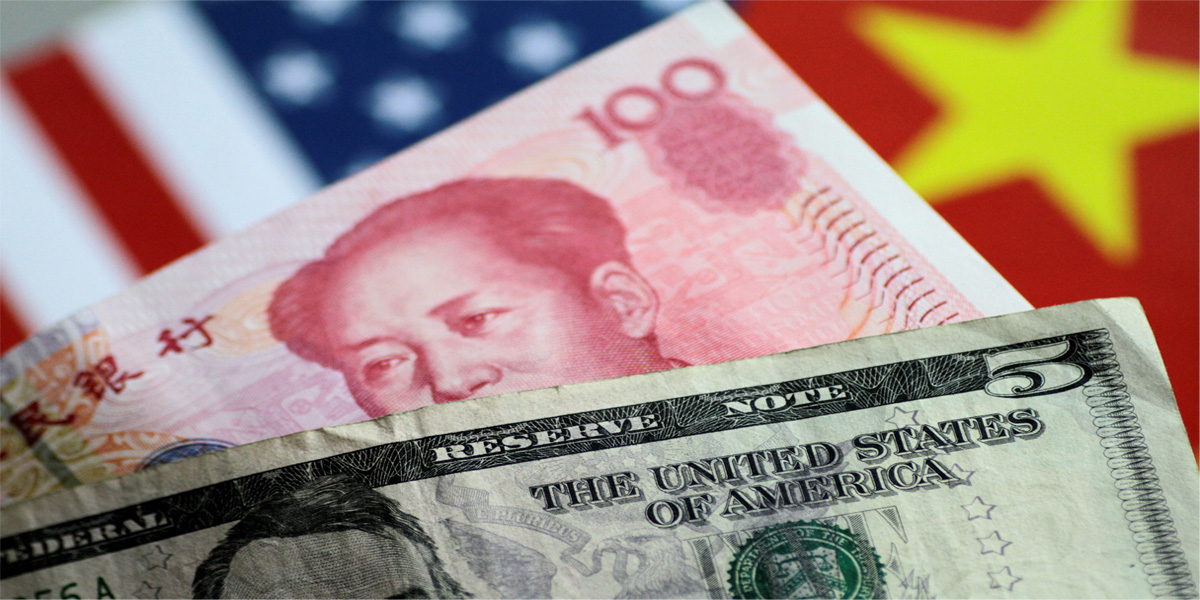The global economy just got a little more complicated. The United States has recently imposed a fresh wave of tariffs on Chinese imports—targeting electric vehicles, semiconductors, batteries, and more. The move has sparked renewed trade tensions with China and sent shockwaves through global markets.
Let’s break down what’s going on, why it matters, and how it could affect businesses, consumers, and economies around the world.
What’s Behind the New US Tariffs?
In 2024, the Biden administration announced steep increases in tariffs on key Chinese goods, aimed at protecting U.S. industries and reducing dependency on China for critical technologies.
Here’s a snapshot of the new rates:
- Electric Vehicles (EVs): Jumped from 25% to a whopping 100%
- Semiconductors: Raised to 50%
- Battery components and critical minerals: Increased to 25%
- Solar panels and medical equipment: Also hit with new duties
The goal? To shield emerging industries and counter what the U.S. sees as unfair subsidies and industrial overcapacity in China.
These tariff hikes didn’t land quietly. China quickly condemned them, calling the actions a violation of international trade rules. Beijing has warned of “necessary countermeasures”, fueling fears that we’re entering a new phase of economic confrontation.
This isn’t just a tit-for-tat tariff exchange—it’s shaping up to be a broader strategic and economic decoupling between two superpowers.
Its Affects on the Global Economy
The implications go far beyond Washington and Beijing. Here’s how the fallout is spreading across the world:
1. Global Supply Chains Are Getting Squeezed
Industries reliant on Chinese parts—like tech, automotive, and clean energy—are facing disruptions. Prices for components are rising, and delays are becoming more common. Companies are scrambling to diversify their suppliers, but that’s easier said than done.
2. Prices Could Rise Around the World
Tariffs are essentially taxes on imports, and businesses often pass those costs onto consumers. That means higher prices on everything from smartphones to solar panels. In an already inflation-sensitive world, this could be a tipping point for household budgets.
3. Growth Forecasts Are Taking a Hit
The International Monetary Fund (IMF) has warned that prolonged trade tensions could slow global growth in 2025 and beyond. With companies pulling back on investments and global trade volumes dipping, economic momentum may be hard to maintain.
4. A More Fragmented Trade Landscape
As the U.S. and China pull away from each other, countries in Asia, Europe, and Africa are being forced to take sides—or find a middle path. New trade blocs and regional agreements are emerging, reshaping the global economic order.
Don’t expect things to cool off anytime soon. Both the U.S. and China seem committed to their current paths—Washington focused on “de-risking” its supply chains, and Beijing emphasizing self-reliance and south-south trade.
If China retaliates with its own tariffs or restrictions, we could see more price shocks, stock market volatility, and strategic shifts in global trade.
Final Thoughts
What started as an economic policy is quickly becoming a global turning point. The latest U.S. tariffs aren’t just about protecting jobs or boosting green tech—they’re part of a much bigger game that’s reshaping how countries trade, invest, and grow.
For businesses and consumers alike, it’s time to buckle up. The trade war is back—and this time, it’s going to leave a deeper mark on the global economy.

